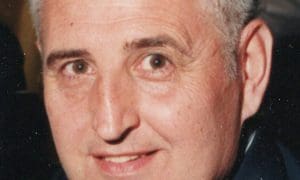Two very recent suicides by public figures (Kate Spade and Anthony Bourdain) have put suicide on the front page. Meanwhile, many, many ordinary folks: brothers, sisters, spouses, parents, and friends, are suffering from debilitating depression that leads them to take their lives. The tragedy of these deaths and the pain that reverberates to those left behind is unimaginable. Losing a relative or friend through suicide allows one to look at this epidemic through a very different lens. How does this happen? How many families have had to endure this unspeakable pain? Therein lies the secret… ”unspeakable”.
Suicide is the second leading cause of death for young people between the ages of 10 and 34 (CDC;2016), outpacing homicide and automobile accidents in most states. We hear or read about all of these violent deaths on the front page or lead news stories, yet, even as the rate of suicide climbs, there is very little reporting, discussion or understanding about it. The total suicide rate for this country has risen 28% since 1999. Nearly 45,000 people took their lives in 2016, the latest year for which we have numbers. This is a public health crisis…a public health crisis that no one is talking about.
Suicide is preventable in many instances, but not unless we hit it head on and stop tiptoeing around it. Stigma, fear, despair and silence surround mental illness and suicide, causing those who struggle to remain silent and feel ashamed or “less than” due to their perceived “weakness”. This is heartbreaking. We need to stop whispering about this crisis and start shouting…there is hope and their is help! In much the same way that the opioid crisis was brought out of the shadows, suicide needs the same attention and exposure. Mental health parity, stigma reduction and access to services must be embraced by lawmakers, community leaders, media outlets and schools.
Making suicide prevention a priority is the right thing to do for so many reasons. While a national campaign to bring attention to suicide prevention is critical, each of us has the capacity to add our voice to prevention. Talk about mental illness as you would a physical illness, it’s not a secret, it’s a fact of life. And most importantly, if someone you know is struggling, ask if he or she is thinking about suicide. This does not plant the idea, it extends a lifeline. Check in regularly with loved ones who you suspect may be feeling low or alone. Joshua A. Gordon, Director of NIMH, cites research that indicates the risk of suicide can be lowered by a simple gesture of asking the question. Ask once, ask again and listen. Suicide is preventable. There is hope and there is help.
Mary O’Connell
Member, Board of Directors
The NAN Project
TheNanProject.org








